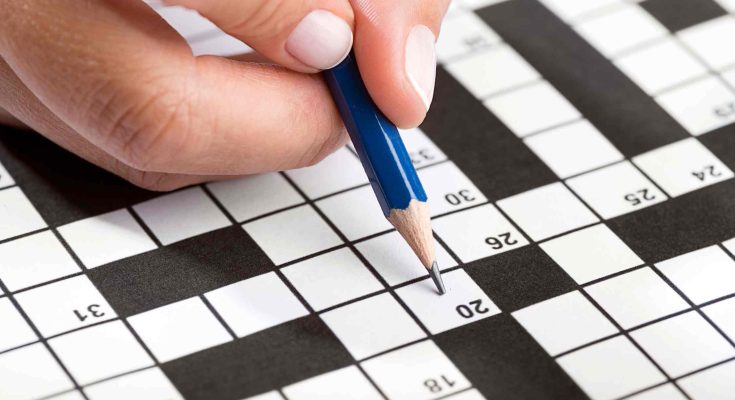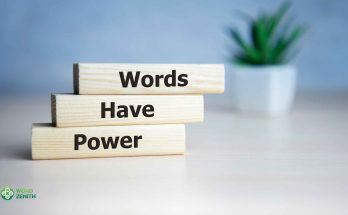Crosswords are puzzles that never grow old; they transcend generations. They don’t just kill time but also show the craftiness of language and mind behind them. Making a perfect crossword involves being creative while still maintaining accuracy in using words with their appropriate meanings. In this elaborate guide, we will dig deep into what it entails to make an enthralling crossword puzzle.
Understanding What Makes a Crossword Puzzle Tick
Before discussing how to construct crosswords, we should first understand several primary elements that make up a finished puzzle:
The Grid Structure
This is the canvas on which all puzzles unfold. It has rows and columns that intersect with each other and empty squares that are meant to be filled by letters. For instance, there are common grid sizes like 15×15 and 21×21 but these can vary depending on how big or small the puzzles might be.
The Clues
These hints assist solvers in determining what words fit into the grid. On the one hand, they could take the form of simple definitions, while on the other hand, wordplay, trivia, or cryptic clues could define how difficult they become.
The Theme
A theme adds coherence as well as depth to a crossword puzzle. It revolves around a central idea or concept, with related answers scattered throughout the grid. These themes could range from ordinary word puns to intricate narratives that provide solvers with additional layers of pleasure and fulfillment.
Crafting The Perfect Puzzle: A Creative Process
Creating crossword puzzles is like solving complex puzzles themselves, as it requires careful planning, thinking creatively, and endless revision. Here’s how one can create an ideal puzzle step by step:
Step 1: Choose A Theme
The theme is like the backbone of your puzzle because it guides your answer selection process while shaping overall solver experiences. These may include current events buzz, popular culture icons, historical references or even puns. During this time, it is important to think of several theme ideas and evaluate them in terms of potential for innovative clueing.
Step 2: Grid Design
Now you have the theme selected, the next thing is to design your grid layout. It should be such that solvers can easily move about until they see different clues. To optimize solving experience, try different grid patterns and black square placements.
Step 3: Fill The Grid
The main challenge comes when filling the grid with entries related to the theme and other complimentary words. The aim here is to have a mix of familiar and novel vocabulary suitable for any solver. For instance, crossword construction software or word databases come in handy by suggesting entries that fit well into a given pattern.
Step 4: Craft Clues
It’s important to make interesting and varied clues so that solvers are always engaged as well as challenged. With a range of difficulty levels from simple to cryptic, there is something for everyone doing the puzzle. Making use of wordplay, misdirections or puns will make your clueing experience better.
Step 5: Test And Refine
Testing is an important step in completing the puzzle to be sure it is solvable and intact. Involve beta testers of diverse backgrounds who can critique the clarity of clues, grid fill and fun factor. Based on their suggestions, iterate on the puzzle until it attains the desired level of polish.
Tips for Success
Making a perfect crossword puzzle takes part in science and art. Here are some more tips that will make you better at creating puzzles:
Be Inclusive
Your puzzles must use different cultural references, languages, and perspectives so as to attract a wider range of readership. It is not just about representation but also about being inclusive so that everyone solves better.
Stay Relevant
To make your puzzles up-to-date with time-relevant information especially concerning current affairs, fashion trends, movies and music or sports achievements etc., you need to always be aware of what’s happening around you at all times. However avoid very short-lived pop culture references which will cease being updated quickly.
Think Outside the Box
Go against conventional practices and try out new ways of designing grids, making clues or focusing on themes that are considered unconventional. Breaking boundaries set by traditional crossword constructors may result in original puzzles that are never forgettable.
Seek Opinions from Others
Feel free to get responses from other constructors, editors, or solvers for advice and guidance when necessary. Constructive criticism has proved quite useful for me in improving my skills or developing high-quality puzzles.
Practice Patience
It takes love for your work together with concentration and patience while constructing crosswords, all these go hand in hand always. Realize early on that shaping your skills means investing time and effort into them, knowing that every single puzzle produced speaks volumes about your dedication and artistic ability.
Read More: The Competitive World of Professional Word Game Players
Conclusion
Creating a great crossword puzzle means combining language dexterity with creativity informed by knowledge of how the solver thinks the process works out. This guide outlines principles you should follow during the crossword construction process so that your puzzles can keep on entertaining, challenging and inspiring solvers for many years to come. Now, pick up your pencil and sharpen it with a touch of sarcasm as you set out on this exciting journey of creating crosswords!




